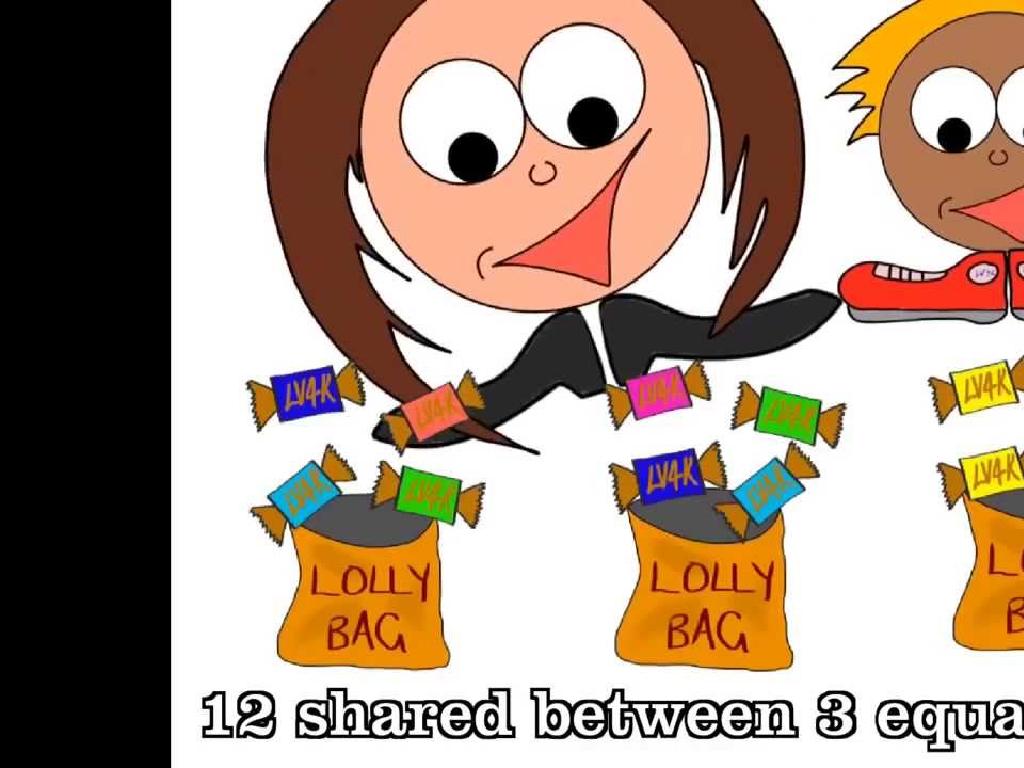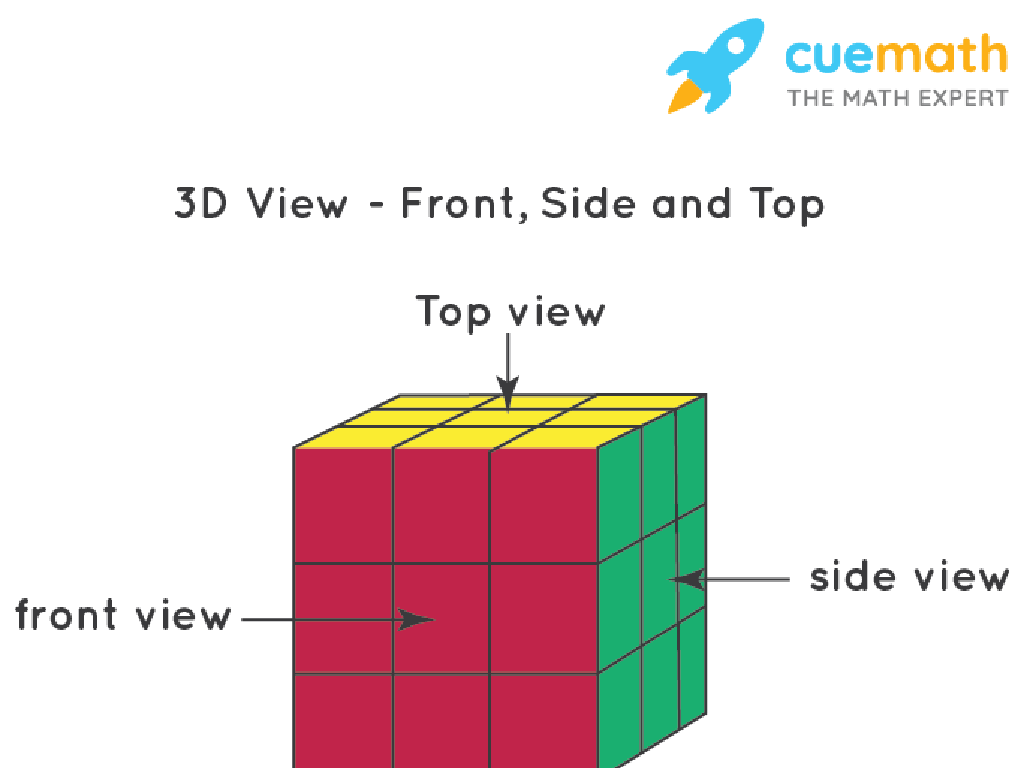Identify Materials In Objects
Subject: Science
Grade: Third grade
Topic: Materials
Please LOG IN to download the presentation. Access is available to registered users only.
View More Content
Introduction to Materials
– What are materials?
– Materials are substances objects are made from.
– Objects and their materials
– Chair (wood), Bottle (plastic), Sweater (wool)
– The importance of materials
– Materials determine an object’s use and properties.
– Exploring materials in class
|
Begin the lesson by explaining that everything around us is made from different materials. Materials can be natural like wood and wool, or man-made like plastic. Show examples of everyday objects and discuss what materials they are made from. Emphasize why the choice of material is important for the object’s function, durability, and safety. For instance, metal is used for cars because it’s strong and durable. Conclude by encouraging students to think about the materials of objects they use daily and be prepared to explore more about materials in upcoming classes.
Common Materials in Everyday Objects
– Wood in furniture
– Chairs, tables, and shelves
– Metal in tools and machines
– Hammers, cars, and robots
– Glass in windows and bottles
– Looking through a window or drinking from a bottle
– Plastic for toys and containers
– Action figures, lunch boxes, and water bottles
– Fabric for clothing and bags
– T-shirts, jeans, and backpacks
|
This slide introduces students to common materials and their uses in everyday objects. Wood is a natural material often used to make furniture like chairs and tables. Metal is a strong material found in many tools and machines, such as hammers and cars. Glass is a hard and transparent material used for windows and bottles, allowing us to see through or store liquids. Plastic is a versatile material used in a variety of toys and containers, including action figures and lunch boxes. Fabric is a material made from woven fibers, used to make clothing and bags like T-shirts and backpacks. Encourage students to bring examples of each material and discuss their properties and why they are used for certain objects.
Properties of Materials
– Materials can be hard or soft
– Like a rock is hard but a sponge is soft
– They can be heavy or light
– A feather is light but a brick is heavy
– Some are flexible, others are rigid
– Rubber bands are flexible, but glass is rigid
– They’re transparent or opaque
– Clear glass is transparent, wood is opaque
|
This slide introduces the basic properties that define different materials. Discuss each property and provide examples that students can relate to. For ‘hard or soft’, use a rock and a sponge as examples. For ‘heavy or light’, compare a feather to a brick. ‘Flexible or rigid’ can be illustrated with rubber bands and glass. Lastly, explain ‘transparent or opaque’ with examples like clear glass and wood. Encourage students to think of more examples and to touch and see objects around them to understand these properties better. This will help them identify materials in objects they use every day.
Material Detectives: Exploring Objects
– Become a Material Detective!
– List objects and their materials
– Pencil: wood, eraser: rubber
– Discuss material purpose
– Why is a window made of glass?
– Share findings with the class
|
In this activity, students will engage in an exploration to identify the materials that make up everyday objects. They will act as ‘Material Detectives’ to investigate their surroundings, make a list of objects, and note down the materials they are made from, such as a pencil made of wood or an eraser made of rubber. Encourage them to think critically about why certain materials are used for specific objects, like the transparency of glass for windows. After the investigation, students will discuss their observations and reasoning in class. This will help them understand the properties of materials and their applications in daily life. Provide guidance on how to observe objects and question their material composition, and facilitate a discussion that allows every student to share their findings.
Recycling and Sustainability
– Understanding Recycling
– Recycling means turning used materials into new products.
– Wise Material Choices
– Choosing materials that are recyclable saves natural resources.
– Recycling’s Role in Conservation
– Recycling reduces waste, conserves energy, and prevents pollution.
– Our Part in Helping the Environment
– We can recycle at home, school, and in our community.
|
This slide introduces students to the concept of recycling and its importance in sustainability. Begin by explaining what recycling is and how it transforms waste into new products. Discuss the significance of selecting recyclable materials and how this choice impacts the conservation of natural resources. Highlight how recycling contributes to environmental protection by minimizing waste, saving energy, and reducing pollution. Encourage students to think of ways they can participate in recycling efforts at home, in school, and within their community. Emphasize the collective impact of individual actions on the health of our planet.
Class Activity: Material Hunt
– Explore the classroom on a Material Hunt
– Find items made of wood, metal, glass, plastic, fabric
– Classify each item on your worksheet
– Sort items into groups based on what they’re made of
– Discuss the uses of different materials
– Think about why certain items are made from certain materials
|
This activity is designed to help students identify and classify materials in everyday objects. Encourage them to look around the classroom and find items made of wood, metal, glass, plastic, and fabric. Provide each student with a Material Hunt Worksheet to record their findings. After the hunt, facilitate a discussion about the properties of each material and why certain materials are used for specific objects. For example, glass is used for windows because it’s transparent, and metal is used for scissors because it’s strong and sharp. This will help students understand the practical applications of different materials in their environment.
Conclusion: Materials in Our World
– Share your discoveries
– Discuss common materials
– Which material did you see the most in objects? Any ideas why?
– Homework: Recycled Object Story
– Choose an object made from recycled material and learn its past
– Reflect on material uses
– Think about why certain materials are used for different objects
|
This slide wraps up our lesson on identifying materials in objects. Students will present their findings to the class, fostering a collaborative learning environment. Encourage them to discuss which materials they found most frequently in everyday objects and speculate on the reasons for this prevalence. For homework, they should bring an object made from recycled material and be prepared to share its ‘story’ where it might have come from and how it was transformed. This activity will help students understand the lifecycle of materials and the importance of recycling. It also encourages them to think critically about the choices manufacturers make when selecting materials for different uses.






